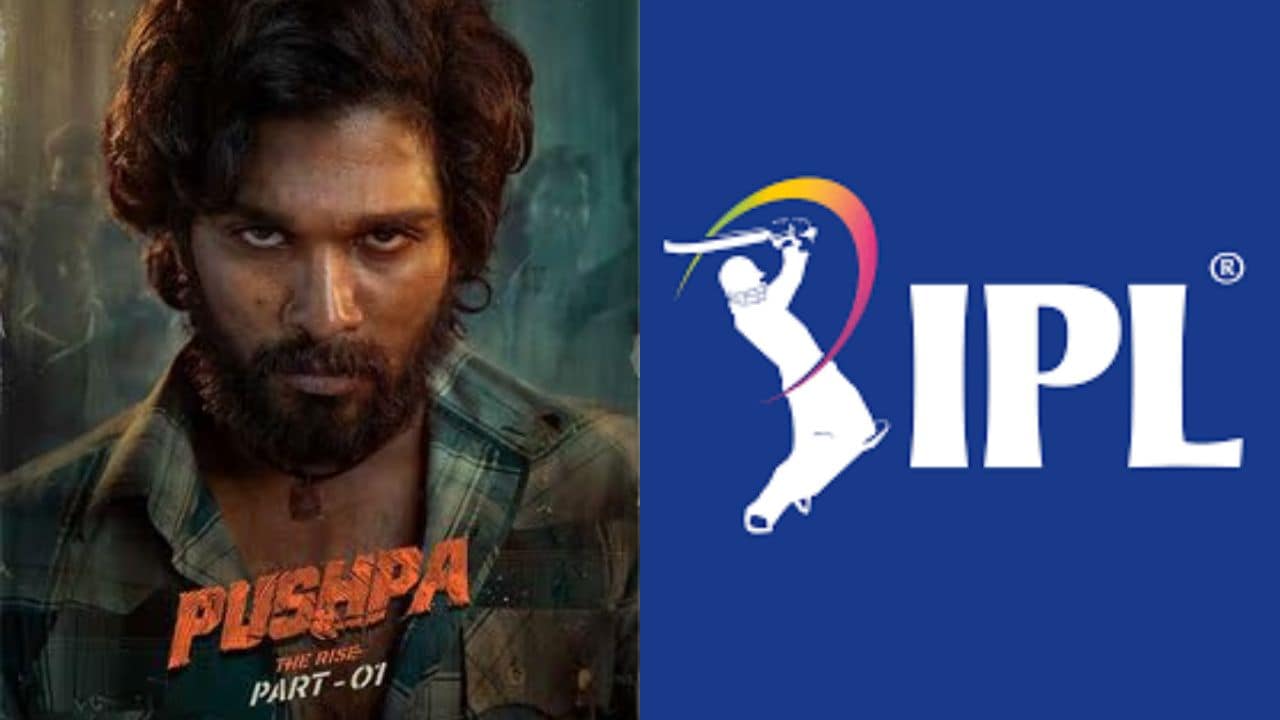India is setting a stage to become a growing Licensing and Merchandising (L&M) industry. Whether through celebrity-led licensing deals or sports intellectual properties (IP) boosting IPL franchise fandom via merchandise, the sector is growing rapidly. Experts estimate L&M sales in India at approximately $2 billion this year, compared to $356 billion globally.
Despite higher inflation and slowing retail growth worldwide, the L&M industry grew by 4.6% in 2023 and is projected to maintain a healthy compound annual growth rate (CAGR) of 4.5% through 2032. Platforms like FanCode have sold over 140,000 units of sports merchandise, with more than 85% of sales comprising licensed apparel.
A report by Maximize Market Research valued India’s sports merchandising market at $673.34 million in 2022, projecting growth to $1.93 billion by 2029, at a CAGR of 16.2% from 2023 to 2029.
Dhiraj Vats, a seasoned brand licensing professional, highlighted Location-Based Experiences (LBE) as a key growth sector, integrating experiential and direct consumer interactions across character brands, sports franchises, entertainment stars, and influencers. Despite challenges from inflation, Vats noted that L&M strategies have bolstered Fast-Moving Consumer Goods (FMCG) and services, overcoming geographic and economic barriers.
Celebrity Licensing
Both Hollywood and Bollywood celebrities have extended their brands across various categories. Indian examples include Virat Kohli’s Wrogn, Katrina Kaif’s Kay Beauty, Salman Khan’s Being Human, and Hrithik Roshan’s HRX. Globally, Rihanna’s Fenty, Kylie Jenner’s Kylie Cosmetics, and Kim Kardashian’s SKIMS serve as benchmarks.
Sandeep Dahiya, Founder and CEO of Branquila Brand Ventures, emphasized that licensing in India is still perceived as brand marketing rather than a revenue model. He compared merchandising revenues, citing that while Manchester United earns over $100 million, top IPL teams generate only $2–3 million. Dahiya also pointed to Netflix’s L&M strategy, which expanded into over 10 categories, and noted a shift in India’s L&M sector from a focus on children to engaging adult audiences.
According to the 2023 Licensing International study, the global licensing industry grew by 8.02% in 2022, with the South Asia/Pacific region achieving 12.4% growth. Globally, entertainment and character licensing contribute 41% of revenue, while in India, this figure is only 26%.
Blockbuster Indian films like Bahubali and Pushpa demonstrate the potential for movie-centric L&M, akin to Hollywood franchises such as Marvel, Star Wars, and The Godfather. Vats believes Bollywood is just beginning to explore this trend.
Experiential Licensing and IP Innovation
Today, multiple brands are leveraging on the popularity of Intellectual Properties (IPs) such as concerts, sports leagues, amusement parts and licensed immersive experiences. From brand launches to integrations, multiple FMCG, automotive and apparel brands are connecting with GenZs to enhance their reach and fandom.
Theia Enterprise India Private Limited the exclusive licensee of Da Vinci Genius in India recently launched multiple merchandises of Mona Lisa and the Last Supper, Tabish F Khan, Founder and Director at Theia Enterprise India Pvt. Ltd said, “The immersive experience that we create around Da Vinci has been widely being acknowledged by brands. Multiple brands plan their launch at our immersive experience venue.”
Khan said, “Brands in the apparel or stationary sectors are creating cool stuff around Mona Lisa. This innovation that we have brought to India is exceptional and this is an IP that is not only creative but is now being explored widely by brands.”
Sports Merchandising Growth
The global licensed sports merchandise market, valued at $30.8 billion in 2021, is expected to grow to $52.04 billion by 2030 at a CAGR of 6%. FanCode, a major player in India, has partnered with international sports organizations such as FIFA, ICC, NBA, and MotoGP. The company has grown fivefold over three years and aims to double its subscriber base this year, tapping into India’s 600 million sports fans, 136 million of whom are avid followers.
In 2024, Mumbai Indians collaborated with innovative hemp brands like Ecentric and cutting-edge gaming accessory providers like Cybeart, among others. The full spectrum of licensees now encompasses a wide range of categories, including replica apparel from PlayR, Suditi (Apparel), Fancode (Apparel), Ecentric (Apparel), Celio (Apparel), Skechers (Apparel), EUME (Backpacks and Travel accessories), Cybeart (Gaming chairs), Parksons (Playing Cards), CrunchBox (Popcorn), Chupps (Footwear Sliders), Boldfit (Training Gear), and Dudeme (JIT Apparel), further enhancing the experience of fans.
Dahiya noted the need for greater creativity and imagination in driving brand extensions and collaborations in India. He also emphasized the importance of stronger IP laws to protect licensors and licensees.
The 2023 Review of Notorious Markets for Counterfeiting and Piracy (the Notorious Markets List), released by the US Trade Representatives, identified 39 online and 33 physical markets. The report included three Indian markets in New Delhi, Mumbai, and Bengaluru, as well as three online markets reportedly involved in substantial trademark counterfeiting or copyright piracy.
A survey conducted by the Authentication Solution Providers’ Association (ASPA) and the Credit Rating Information Services of India Limited (CRISIL) revealed that consumer perception suggests counterfeiting affects 25-30 percent of the market, higher than general industry expectations. Counterfeiting is particularly prevalent in the FMCG, apparel, and agro-chemical sectors, accounting for approximately 30 percent.
